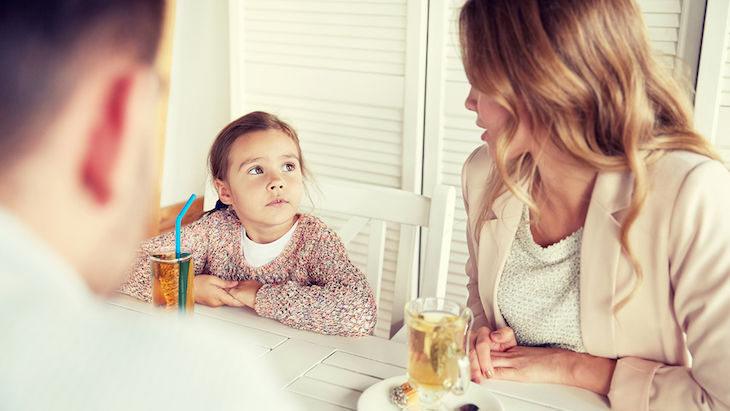How To Talk To Your Kids About Terrorism
- Parents Only

By: Emily O’Brien, ellaslist
It seems like every time we turn on the news, there’s another gut-wrenching terrorist attack dominating the coverage. It’s only natural for this to prompt heartbreaking questions from our children like, “Why would anyone want to hurt us?” Natural disasters are often easier to discuss because they are somewhat expected and we are equipped for them, such as a school holding regular fire drills. So how do you explain traumatic events without frightening the kids? While we all may wish we didn’t have to discuss these horrific acts with them, it is essential.
Let Kids Take The Lead
If you’re not sure they’ve heard anything about a recent event, ask about their day and if they’ve heard any interesting news. If they don’t bring it up, you may choose to let it lie. If they do mention it, you may want to ask to hear what they’ve heard. Doing so can spark a conversation.
Welcome Feelings
As you listen to their concerns, help them identify what they are feeling. Sometimes children can’t put words to what is going on inside their body. Explain to them that it’s possible to feel more than one feeling at once. Identifying what feelings are going on inside can help bring a bit more clarity to a cloudy situation.
Help clear up any confusion on facts they've present and set the tone for the conversation. According to the Australian Physiological Society says to “reassure children and let them know that they are safe and are being looked after, and that nothing bad will happen to them personally.” You’ll want to keep things at their age level, but this gets tricky as they get a bit older.
Model A Sense of Safety
The idea is to show children that even though terrorist attacks are alarming, your family is safe. Some things may never affect their inner circle. Our children watch us for clues to their well-being. Speaking in a confident tone and keeping routines in check can help foster a sense of comfort and safety.
Look For The Heroes & Helpers
This is especially useful when you’re watching media coverage of an event. If you don’t want to turn off the TV, but you’d like to take some of the distress away from video clips running, ask for their assistance in finding the heroes and helpers. Is there a fireman helping rescue a victim, or a good samaritan reacting in a useful way? Turn the table from watching something negative into a search for something positive. This can also help us remember that most people are genuinely good.
Empower Action
The lack of control is one of the hardest parts about terrorist attacks. Children pick up on this and so showing them areas where they do have control over their own safety may ease fears. They can harness their emotions into viable actions by writing letters to children in afflicted areas, collecting clothes or food to donate or starting a fundraiser.
Or simply show them ways they are already keeping themselves safe. Are they looking both ways before they cross the street, or wearing a bike helmet? What about practising fire drills at school, or wearing a seatbelt every time they are in a car? Reminding them of the everyday things they’re already doing to protect themselves from harm can help reassure them they have some control over their own safety.
Reviews


